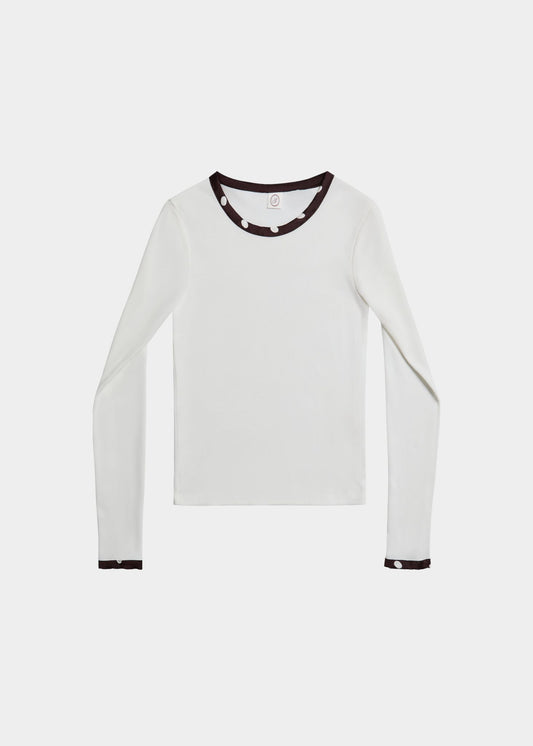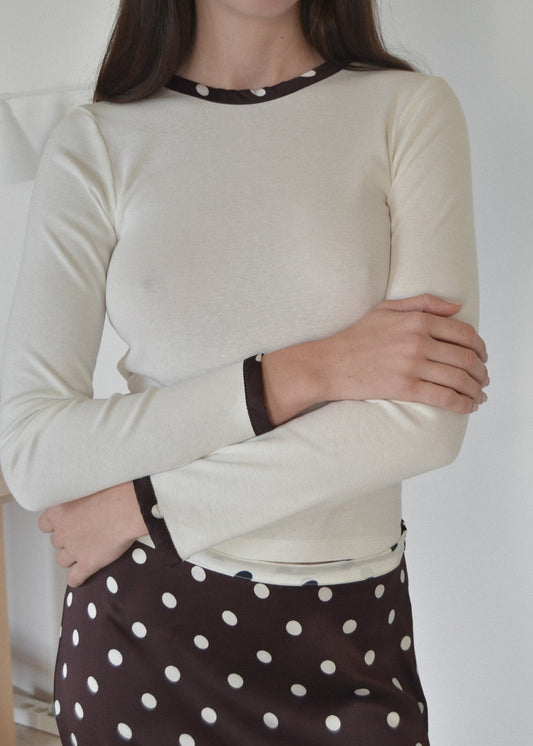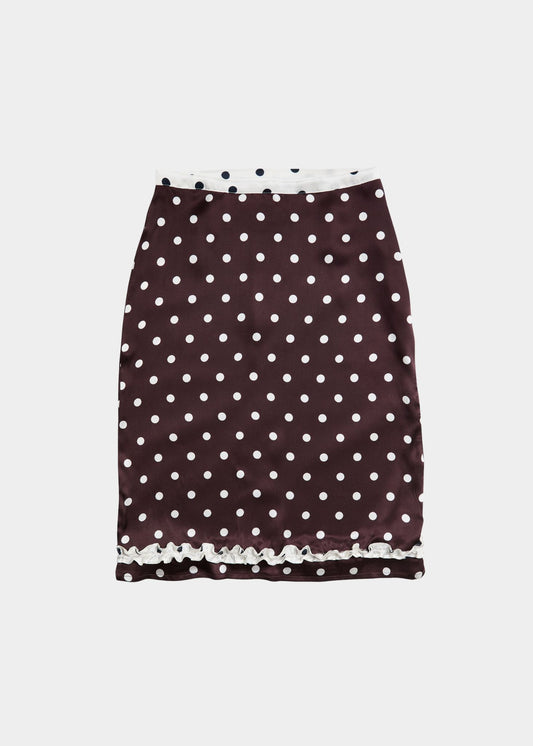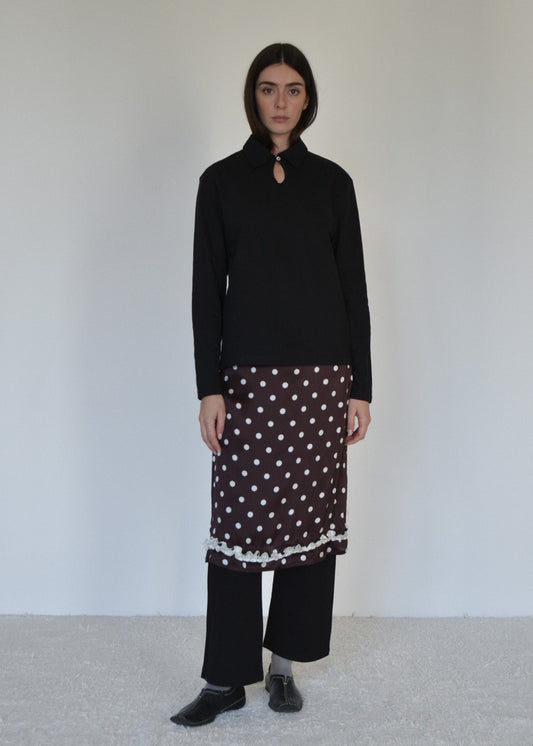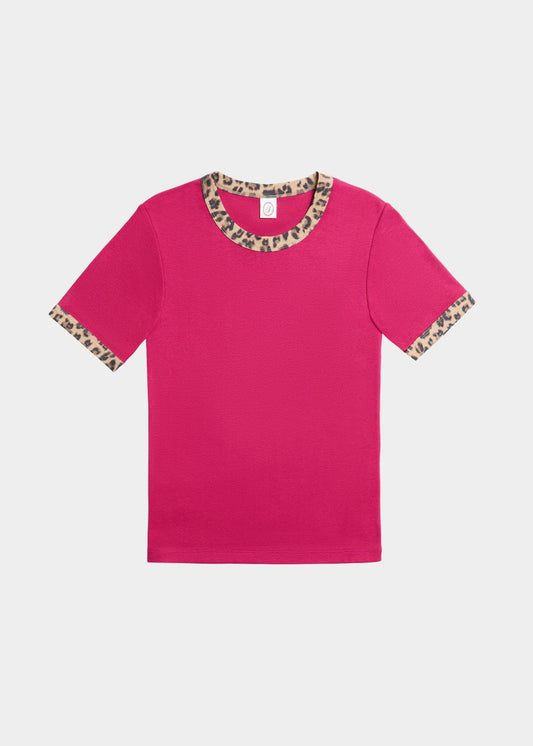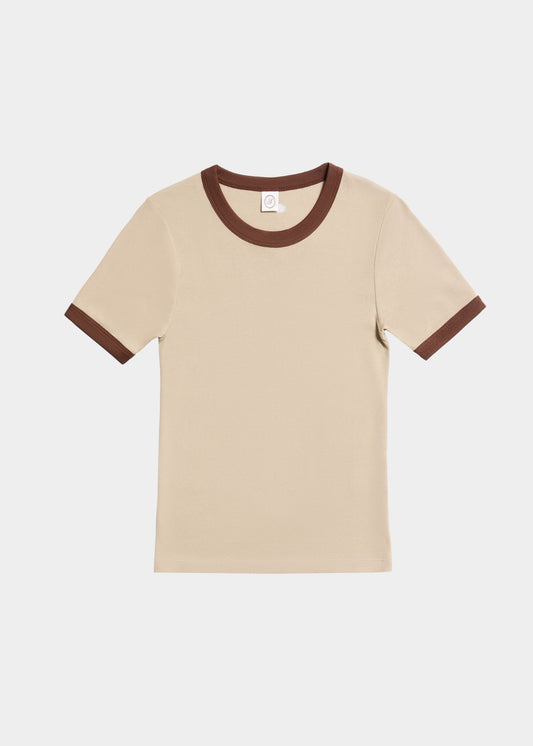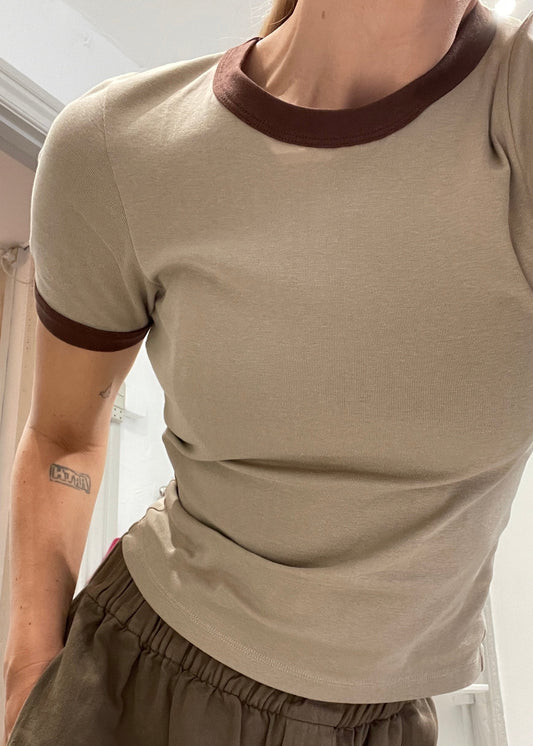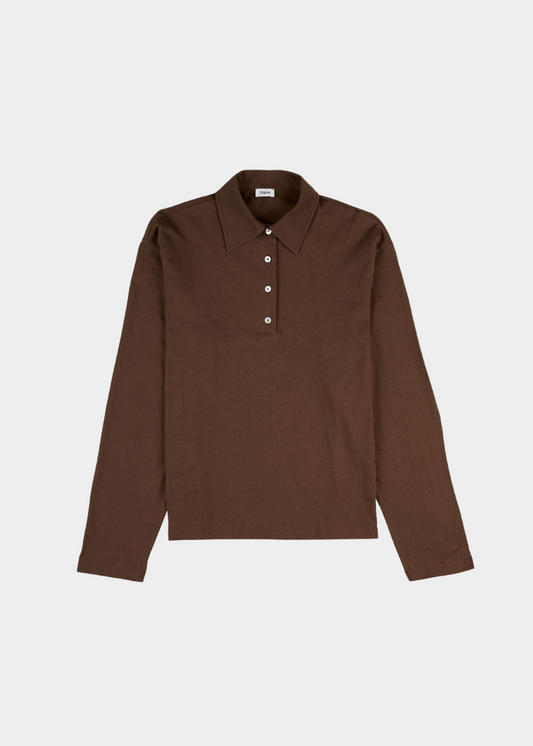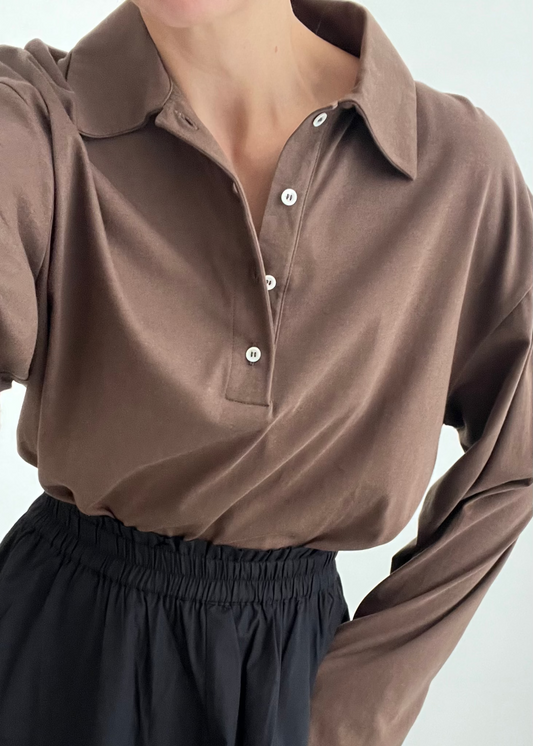Everything you need to know about how to take care of your clothing to make sure they last for as long as possible.
It has never been more important to take good care of your clothes. The average lifetime for a garment is estimated to just 2-3 years and many million tons of clothes end up in landfills when consumers throw away clothes in the garbage. Not only does it waste resources and money, but it also takes hundreds of years for the materials to decompose, meanwhile generating greenhouse gases and leach toxic chemicals and dyes into the groundwater and our soil. 95% of these clothes have the potential to be reused or recycled, yet less than 1% of textile waste is recycled into new fibres suitable for the fashion industry.
Taking good care of a garment can increase the lifespan significantly, which is why we want to provide this guide (and provide accurate and reliable product information on all products on SARTH) to support the sustainable choices and encourage you to take good care of the garments you buy to keep them in use longer.
Factors that impact how long an item is kept for (including the willingness of wearing items repeatedly) is the wash and general care of the garments and reparing and altering it.
WASH & CARE
Wash less often and wash inside out
- Wash your clothes as little as possible. Washing too often can have a negative impact on both the garments quality, the environment and it costs money every time.
If the item isn't dirty but just needs freshening up, try hanging it outside or in a steamy bathroom first.
- Always aim to spot clean immediately (the sooner, the better!) instead of using the washing machine, this can remove most stains and be enough for another wear.
- Clothes that are prone to fading or odor retention, such as dark jeans, dark t-shirts, clothes with vibrant colors to avoid dye bleeding, and workout clothes will benefit from being washed inside out. Washing clothes on the inside out also has hygiene effects, as the surfaces that come in contact with your body during the day, are the surfaces that get the most attention when being washed.
Pay attention to care labels and wash at 30°C
- Always pay attention to the individual care label inside your garment, but aim to wash your clothing at low temperatures (max 30°C) or cold wash. The care labels advise you on the maximum temperatures an item should be washed at, not the recommended (unless it says dry clean only). The exceptions to 30°C or cold wash might be items that are in close contact with your skin, such as underwear, bedding and towels – those may need a higher temperature wash.
- Different materials need different approaches to laundering. Wool should only be washed when absolutely needed with specific wool detergent on a gentle cycle or hand wash, so pay careful attention to the labels, and sort your clothes according to their care requirements, and separate lighter colors from darker.
Air dry and cut down on dry cleaning.
- There is nothing like fresh air dried laundry, and it is so much better than tumble drying that uses a lot of energy and also damages certain fibres.
- Before you hang your laundry to dry, remember to shake it out so that you reduce wrinkles and need less ironing (if its wool, it might be better to flat dry it).
- One of the best choices you can make for your clothes and for the environment is to skip the dry cleaning. Dry cleaning is a highly chemical intensive process that has negative environmental impacts and can have a negative effect on the textile fibers and on your skin. When dry cleaning is the only option, look for environmental friendly cleaners offering non-toxic cleaning services.
Store properly
- When not wearing you clothes, make sure to place your clothes on the hangers the way you would like them to sit on your body. Meaning that you need to close the buttons and zippers and fold the collars. This will help maintain the fitting of your clothes.
-
Stretchy fabrics can easily lose its shape if placed on hangers. Therefore, it is recommended that you fold and store those in drawers or on shelves. If hanging t-shirts you should never insert and take out the hanger through the collar, as this will stretch and damage the fit.
- Natural materials such as wool can attract moths! You can use dried cedar or lavender to help protect those garments.
- Storing seasonal clothes can sometimes be a good idea (this also prevents a stuffed wardrobe and clothes getting tangled, wrinkled or snagged). Trends come and go, and if you store your clothes in a cool, dry and clean place you can revisit your clothes for many years.
REPAIR & ALTER
- Repair is an important principle in sustainability because it extends how long you use an item and it prevents you from having to buy new.
- Many people no longer wear their favourite items because they no longer fit them, or because they no longer like the styles - a simple alteration like fraying the hem of your jeans, taking in the waist or shortening a full-length dress into mid or short length can give you the feel of a fresh new outfit.
Stay tuned for more information and guides on specific delicate materials and learn more on how to contribute to close the loop in the fashion industry, so garments don't have an end of life stage.
References:



